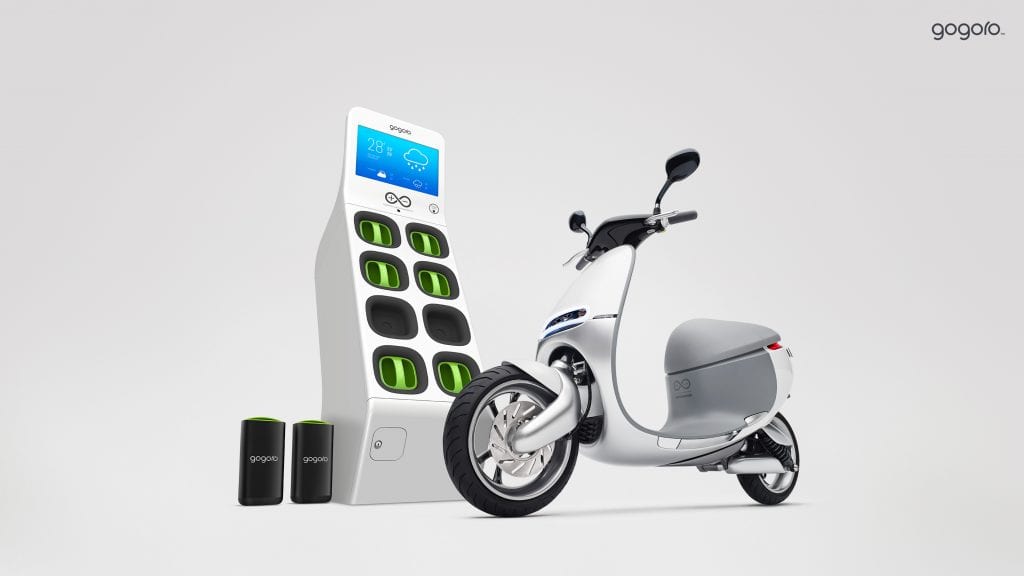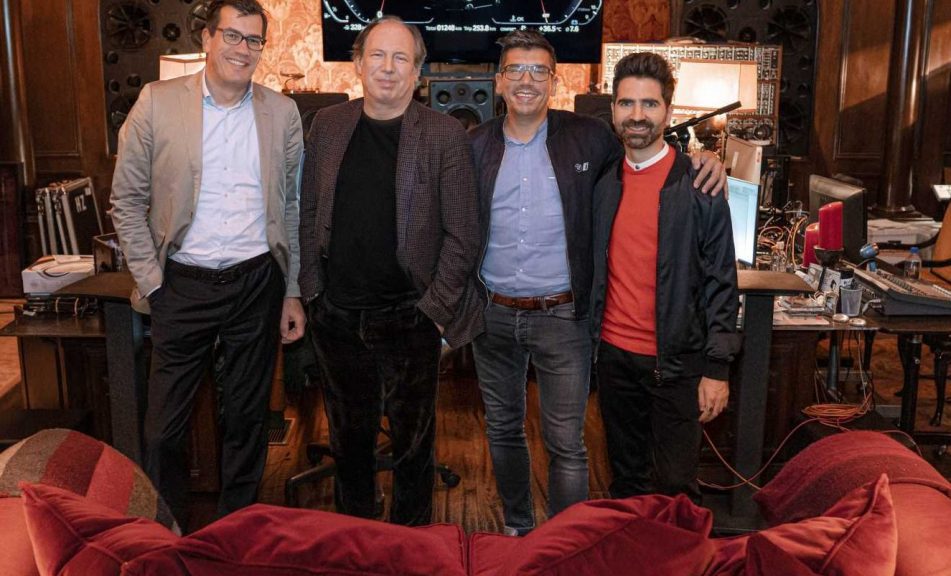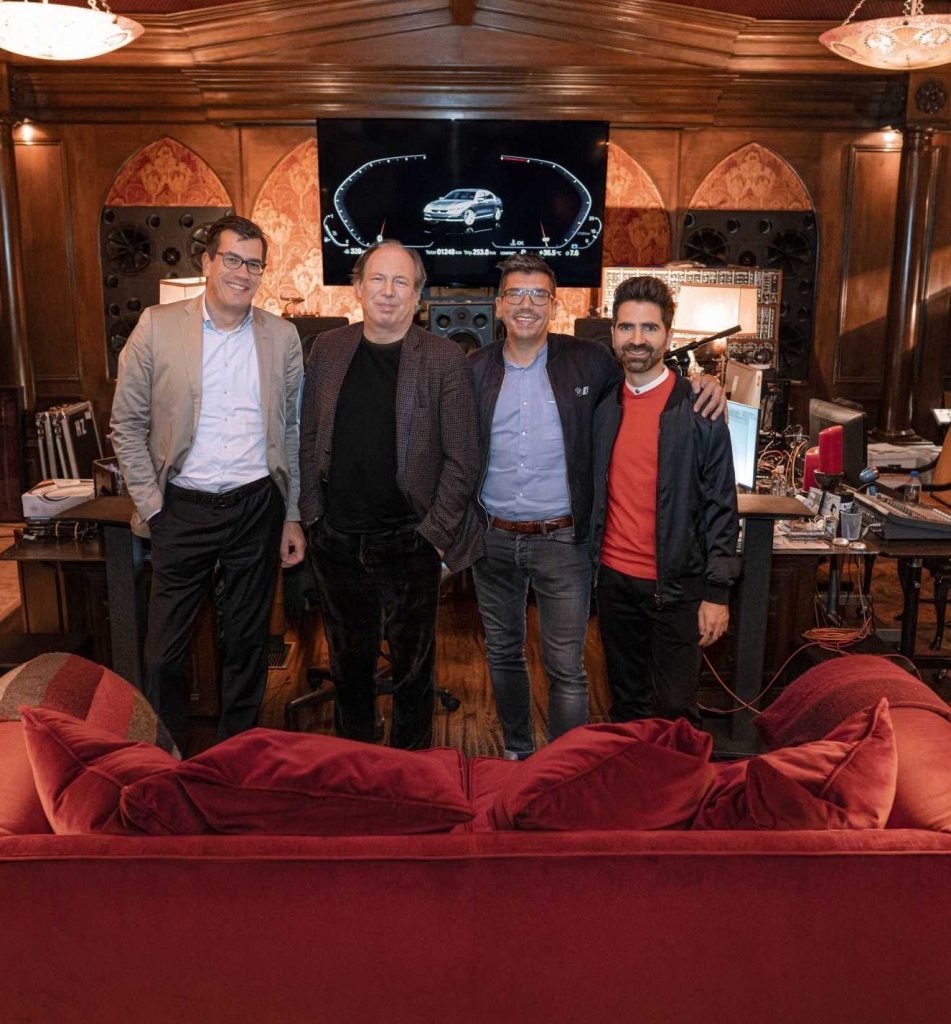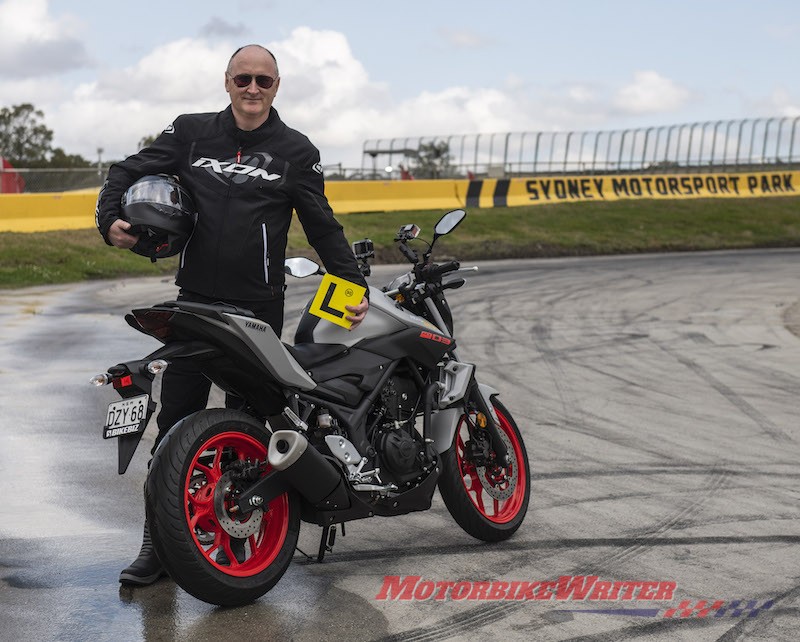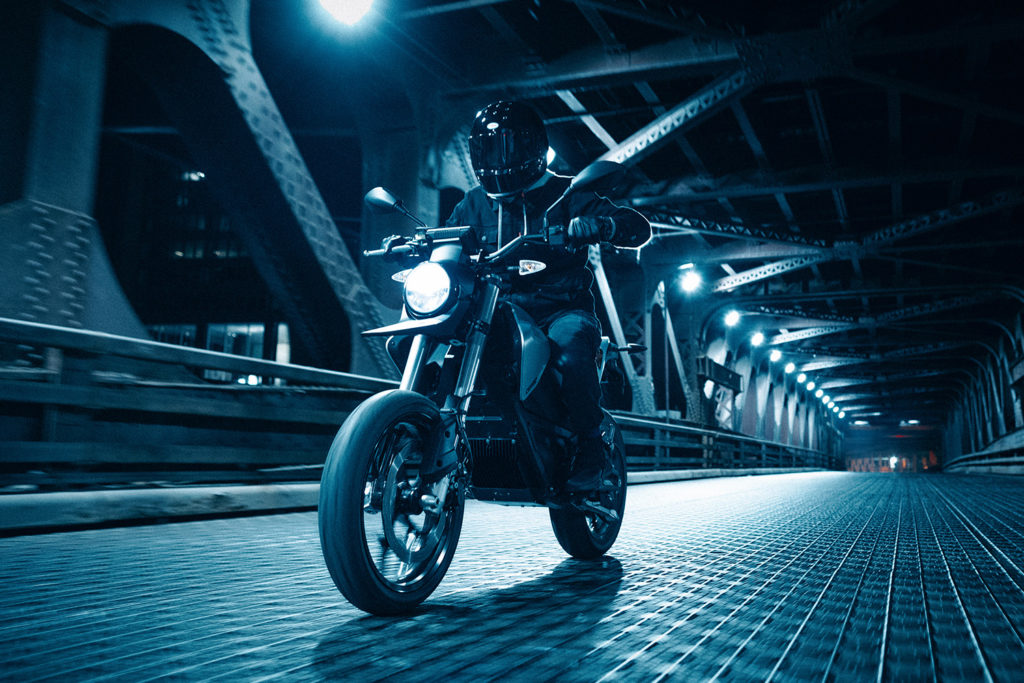
Zero Motorcycles has been around for well over a decade now, and it’s no surprise that the evolving EV space has seen a great deal of innovation in that time. Although the key issue of range vs. weight will still give petrol-heads reason to pause, it’s also fair to say that e-motos have become a good deal more practical, and fun. But perhaps the other enduring issue holding back potential buyers is their cost. Case in point, Zero’s fully faired and extremely quick SR/S or naked SR/F will set you back $20,000.
Enter the FXE. New for 2021, Zero has taken the existing frame from the FX and added a redesigned body. The starkly modern, supermoto styling is very similar in appearance to the FXS – tall, slim and sporting a raised front mudguard. However, the FXE is capable of a claimed 100-mile range on a full battery charge and costs $11,795, which can be bought down to around $10,000 depending upon available EV rebates and credits.
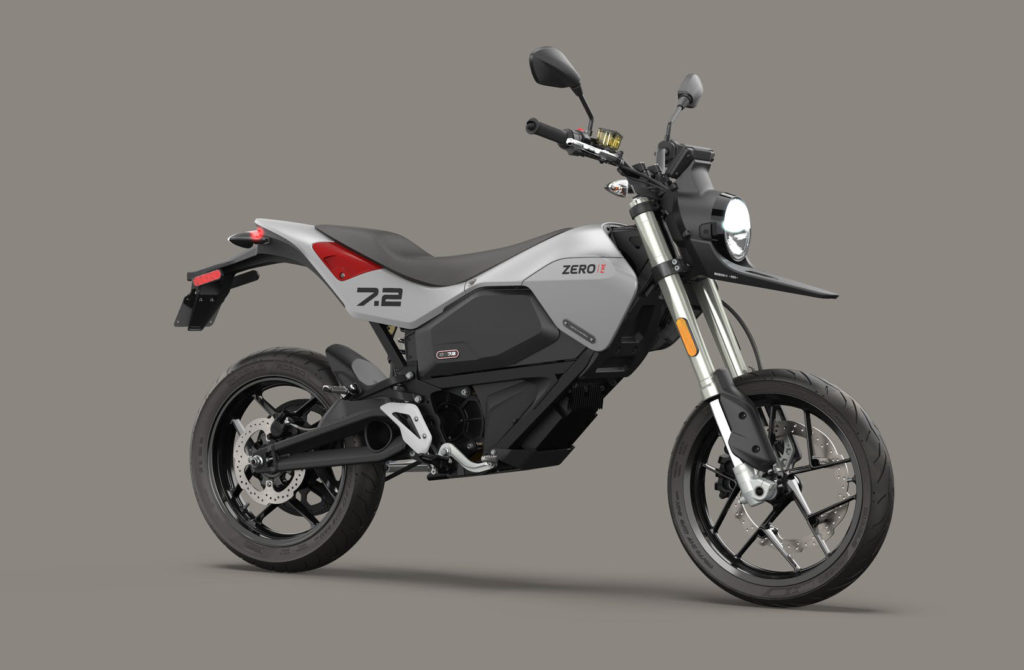
The 7.2 kWh battery in the FXE drives a passively air-cooled, brushless, permanent magnet motor, which produces a claimed peak power of 46 horsepower and 78 pound-feet of torque, and with a top speed of 85 mph, the FXE can take to the highway. Unlike the more expensive models, the FXE is not compatible with public charging stations and is designed to be charged via a standard 110-volt household outlet. It takes over nine hours to fully recharge the battery, although this can be reduced to just under two hours with the optional accessory charger. The FXE utilizes Zero’s Cypher II operating system and the new connectivity enabled 5-inch TFT display is compatible with the Zero app, providing access to ride modes, Eco and Sport, and battery status.
A Showa 41 mm inverted fork, and monoshock take care of suspension and are adjustable for preload, compression, and rebound damping. Bosch calipers are fitted with a single disc front and back, and ABS is standard. Zero claims a wet weight of 298 pounds, which promises exciting performance from the 46 horses available and a handy machine for dealing with tight urban spaces. But surprisingly, advantages in accessibility imparted by its lightweight are somewhat undone by the tall seat height, which at 32.8 inches will put some shorter riders off.
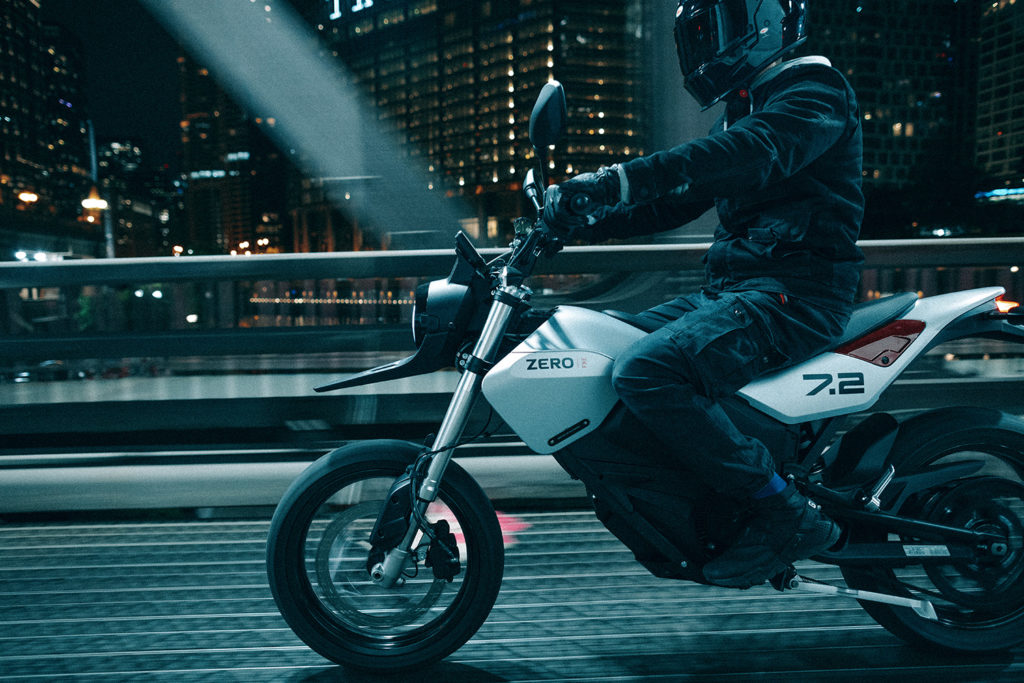
Compared to many of its heavier, more expensive competitors the FXE is a lightweight and thrilling runabout, and what it gives up in range it makes up for in accessibility and potential for fun. The FXE makes for a credible commuter bike, capable of taking to the highway but ideal to zip around town on.
Zero FXE Specs
Base Price: $11,795 (excluding electric vehicle rebates and credits)
Website: https: zeromotorcycles.com
Battery: 7.2 kWh
Motor Type: Air-cooled, brushless, permanent magnet motor
Transmission: Clutchless direct drive
Final Drive: 90T / 18T belt
Wheelbase: 56 in.
Rake/Trail: 24.4 degrees / 2.8 in.
Seat Height: 32.9 in.
Wet Weight: 298 lbs.
Charging Time: 9.2 hours (via 110-volt household outlet to 95 percent)
Fuel Consumption: 373 eMPG (claimed)
Maximum Range: 100 miles (claimed)
The post 2021 Zero FXE | First Look Review first appeared on Rider Magazine.
Source: RiderMagazine.com



